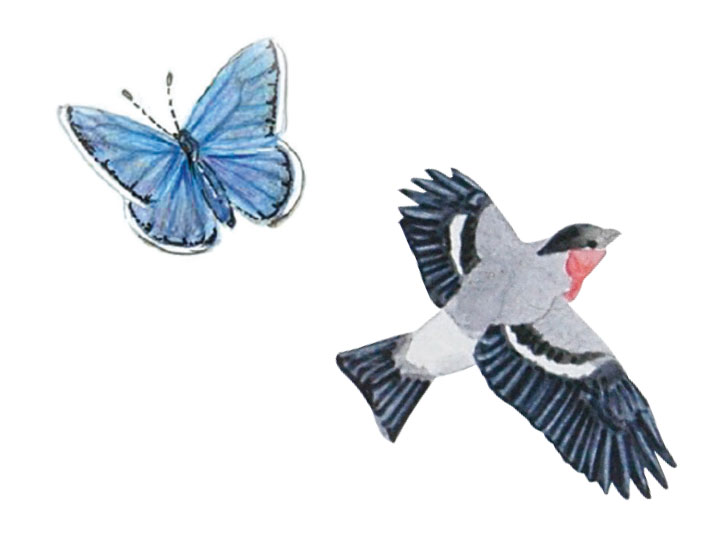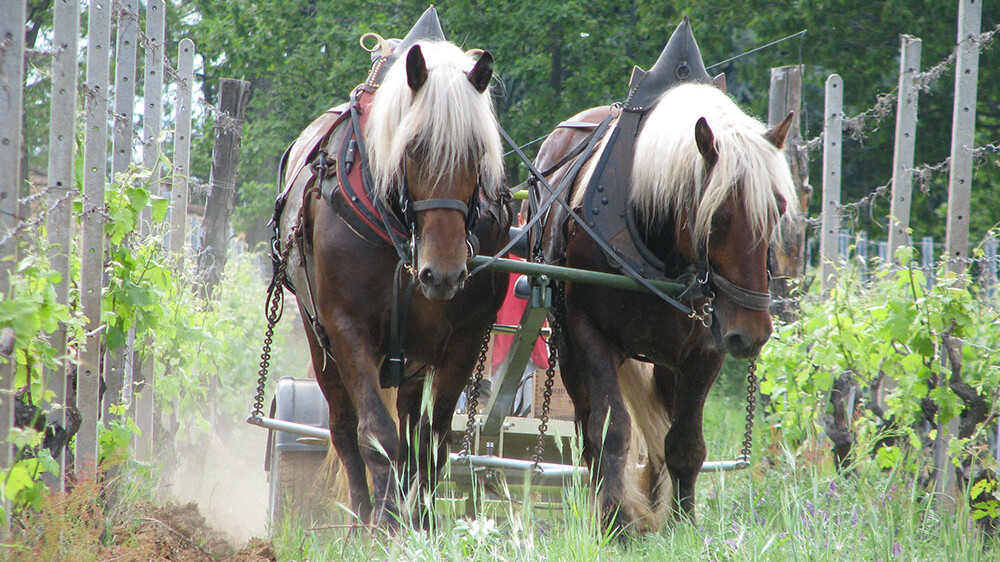Cavallavor
The earth is the source of life. The earth is mother to an infinite number of animal species and plants. But what allows the earth to be the bearer of life is the air. The air allows the earth to accommodate microorganisms and various species of insects and to easily and uniformly absorb water
From a living soil, plants full of life force emerge, bearing fruits that are good for our health.
If the earth is compact like cement, water will flood it but not penetrate into it, many insects will leave it the plants will suffer.
Tractors, caterpillars, bulldozers and other heavy machinery, like for example grape harvesting machines, are the enemies of the earth: they wage war on it, attack it by compressing it and make it more sterile and passive, year after year.
Animal-drawn vehicles are a concrete solution to this problem. A horse, when it walks on the soil, is not only light but is also a life that crosses another life, like a river running through its bed. Animals have been bound to the earth since the dawn of time and they still are today, in the “here and now”. Animals have a very close and direct relationship with plants. Just like animals need plants, plants also need animals. The last link in the chain is the human being, who dispends on both plants and animals

Seeing a horse together with a man or a woman in a vineyard, a garden or a wood is an experience that resonates deep within us. That is how it has always been, how it should be and how it always will be. On a biodynamic farm, horses close the circle of life. The horses are not bred and exploited – rather, they work together with man, side by side, in a relationship of complicity. Man has so much to learn from horses and horses so much from man – if both listen to each other in the silence of work, immersed in nature.
Cavallavor was born out of the idea to take biodynamic agriculture back to its principles of foundation, to strengthen the plants by taking care of the soil, but also to fix the relationship between man and horse through collaborative work. In sport, unfortunately, that kind of relationship has been lost.
As for the relationship between man and horse, Massimiliana has taken courses at Ranch Academy, in the province of Asti. Thus Castello di Tassarolo, with its three draught horses of the French Comtois breed, became the first wine company to take horses back to the vineyard, staying in contact with the French school of Jean Luis Cannelle.
Most certainly, Massimiliana’s love and interest for the animals have helped her during her voyage of rediscovery towards a collaboration between people and draught horses. The aim is not to go back in time, or to oppose modern technology but, on the contrary, to be ahead of our times, see beyond them and build a bridge from the past to the future.
